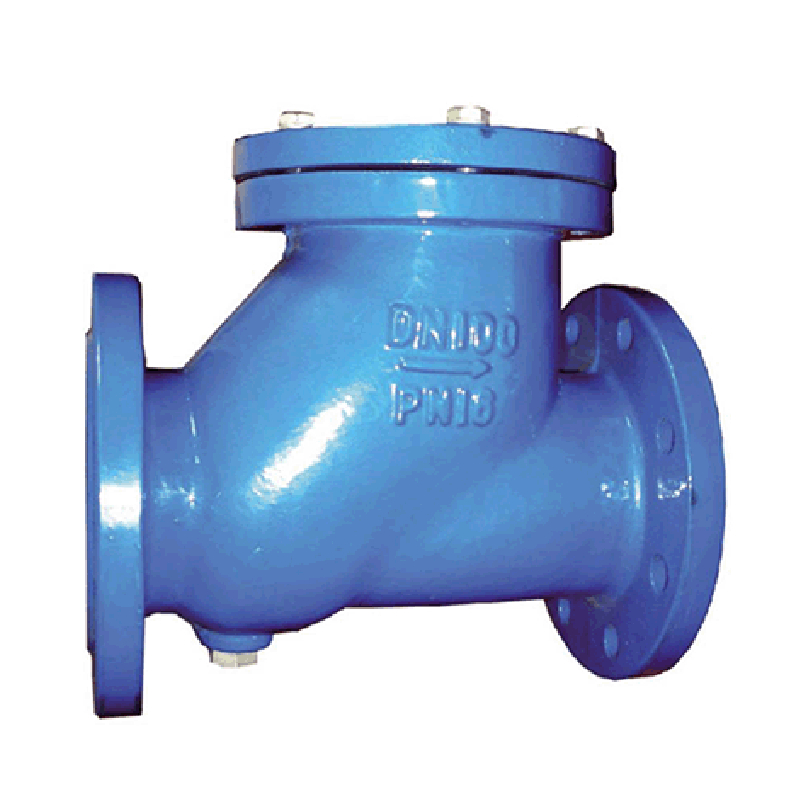ធ្នូ . 04, 2024 09:15 Back to list
butterfly valve with gear box
The Butterfly Valve with Gearbox A Key Component in Fluid Control Systems
In the world of industrial fluid management, valves play an essential role in controlling the flow and pressure of liquids and gases. Among the various types of valves available, the butterfly valve stands out for its simplicity and efficiency. When combined with a gearbox, the butterfly valve can achieve greater control, making it a popular choice in various applications across industries. This article explores the benefits, functionality, and applications of butterfly valves equipped with gearboxes.
Understanding Butterfly Valves
Butterfly valves are rotational valves that consist of a disc mounted on a rotating shaft. The disc acts as a barrier to fluid flow; when it is turned parallel to the flow, the flow is allowed, and when it is turned perpendicular, the flow is restricted. One of the main advantages of a butterfly valve is its compact design, which allows for easy installation and maintenance, reducing the overall space required within a piping system.
The Role of Gearboxes
While butterfly valves can be actuated manually, incorporating a gearbox significantly enhances their performance, especially in larger systems or for valves located in hard-to-reach places. A gearbox is a mechanical device that alters the speed and torque of a rotating shaft. When connected to the butterfly valve, it transforms the input rotational motion into a more suitable output for operating the valve. This ensures that the disc is opened or closed smoothly and precisely, regardless of the swirling forces of the fluid passing through.
Enhancing Control and Efficiency
butterfly valve with gear box

The combination of butterfly valves with gearboxes offers several advantages. First and foremost is the improved torque transmission. When high torque is required to turn the valve, a gearbox can provide the necessary mechanical advantage, allowing operators to control the disc smoothly without excessive manual effort. Consequently, this reduces wear and tear on both the valve and the actuator, leading to increased longevity and reliability.
Moreover, the precise control afforded by a gearbox means that the valve can be positioned at various degrees of opening, enabling better flow regulation. This level of control is vital in processes where flow rates need to be adjusted frequently or where dynamic conditions exist. For example, in water treatment plants or chemical processing facilities, maintaining the correct flow rates can significantly impact efficiency and safety.
Applications in Various Industries
Butterfly valves with gearboxes are widely used across multiple sectors. In the water and wastewater treatment industry, they are crucial for controlling the flow of water and chemicals. In the oil and gas sector, they manage the flow of hazardous materials and gases, where reliability is paramount. Similarly, in the food and beverage industry, these valves ensure hygiene and safety while controlling processes such as mixing and transporting liquids.
Another area of significant application is power generation, where butterfly valves regulate the flow of steam and cooling water in turbine systems. Their reliability and quick response times make butterfly valves a go-to solution in critical systems where failures can have severe consequences.
Conclusion
In summary, the butterfly valve, particularly when paired with a gearbox, is a vital component in modern fluid control systems. It enhances control, improves efficiency, and increases the reliability of fluid management across various industries. As industries continue to evolve and demand greater precision in their fluid handling processes, the role of butterfly valves with gearboxes will undoubtedly become even more integral. Manufacturers and engineers must focus on the quality and design of these valves to meet the ever-increasing demands for efficiency, sustainability, and safety in fluid control applications.
Share